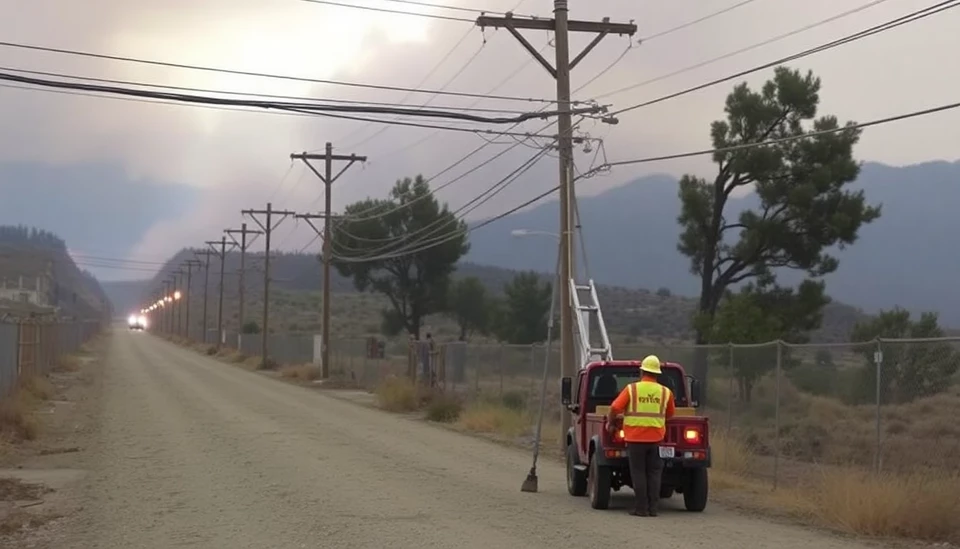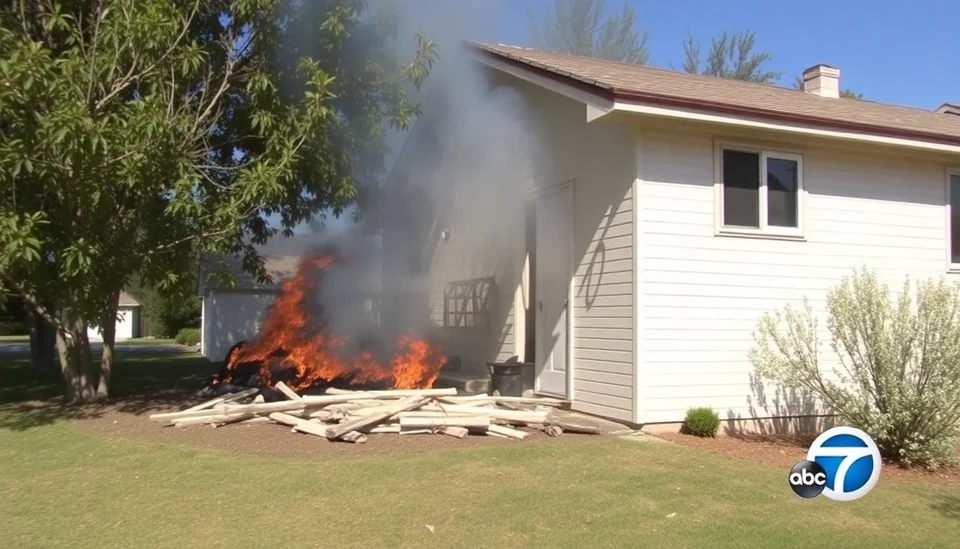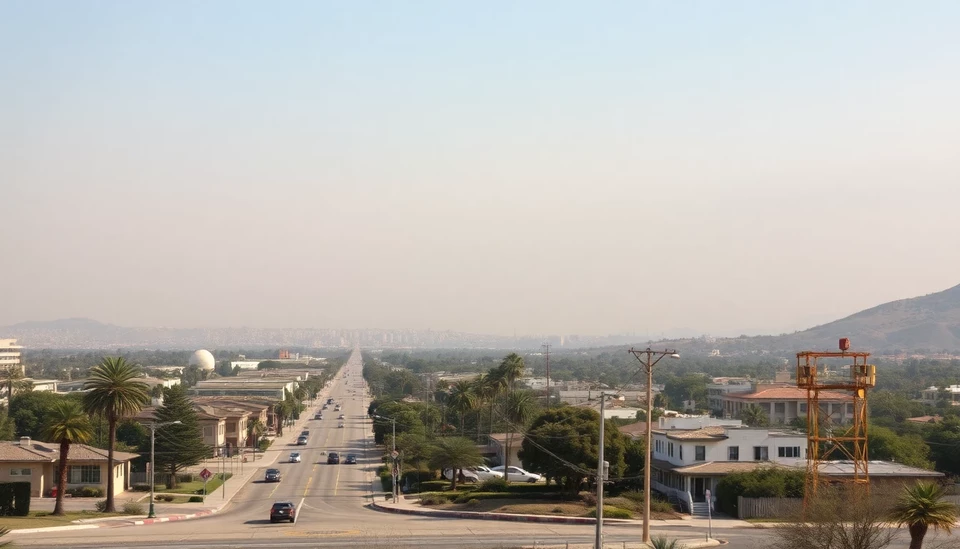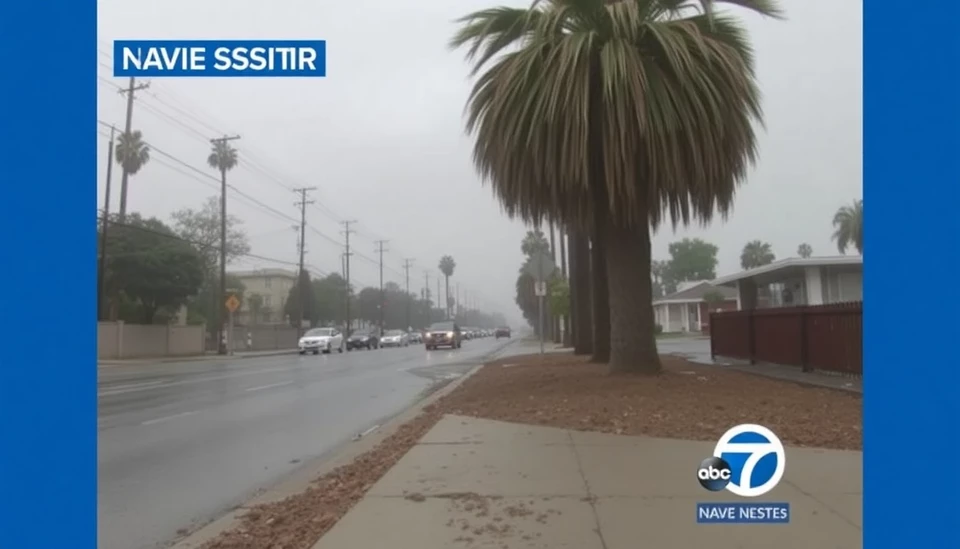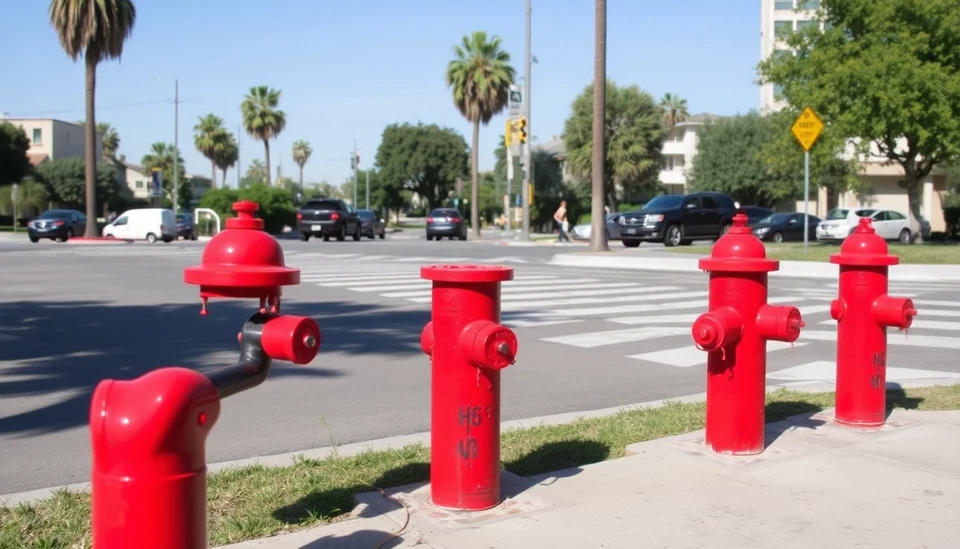
In an alarming trend during a critical fire season, Los Angeles is experiencing the unprecedented issue of fire hydrants running dry just when they are most needed. This issue stems from a combination of record-breaking heat, prolonged droughts, and infrastructural inadequacies, raising concerns over public safety and emergency response effectiveness.
Recent wildfires across California have led to massive evacuations and extensive property damage. As emergency services respond to these crises, the availability of water from fire hydrants is crucial. However, it has been reported that some hydrants in Los Angeles are found to be lacking the necessary water supply when firefighters need it the most. This has raised questions about the city’s water management and the aging infrastructure that supports the firefighting efforts.
The root of the problem lies in the city’s aging water distribution system, which has largely remained unchanged for decades despite the increase in population and the subsequent rise in demand for water. Local authorities have noted that many fire hydrants are inadequately maintained, leading to leaks and a decreased volume of water supply during emergencies.
This situation is exacerbated by the ongoing drought conditions, which have compelled local water agencies to impose strict water usage restrictions. As reservoirs diminish, firefighting efforts face hurdles as the water needed for hydrants diminishes. Moreover, climate change adds complexity to the equation, with increasing temperatures leading to more frequent and intense wildfires, making reliable access to water through hydrants even more critical.
Experts warn that without urgent reforms and upgrades to the city’s water infrastructure, coupled with enhanced maintenance strategies for hydrants, Los Angeles could face dire consequences as the fire season intensifies. Firefighters have raised concerns that the recent incidents of hydrants not functioning adequately can have life-threatening implications, both for civilians and those working to protect them.
Additionally, some neighborhoods do not have sufficient hydrant coverage, and where hydrants are available, some have been reported to be covered with debris or left in disrepair, contributing to delays in emergency responses and potential safety risks. Authorities have begun implementing measures to address these issues, but the complexities involved demand a longer-term strategy focusing on infrastructure investment and climate resilience.
In response to these challenges, city officials are advocating for more funding to upgrade the water supply system and improve the condition of hydrants throughout Los Angeles. They emphasize the importance of prioritizing public safety and ensuring that emergency services have immediate access to the vital resources they require in times of crisis.
As Los Angeles prepares for what is expected to be another harsh fire season, addressing the hydration crisis is becoming an urgent priority. Community awareness about hydrant access and maintenance procedures is also being encouraged, as residents are now more than ever urged to report on the conditions of fire hydrants in their neighborhoods.
The ongoing discourse surrounding infrastructure, climate, and community readiness serves as a potent reminder of the varied challenges cities face as they adapt to a changing environment. Ensuring that fire hydrants maintain a constant and reliable water supply has become an imperative for public safety as Los Angeles confronts this pressing issue head-on.
As discussions continue over the future of water management in the city, accountability and proactive measures will be crucial to safeguard lives and property as wildfires loom larger in the landscape’s future.
#LosAngeles #FireSafety #Wildfires #EmergencyPreparedness #Drought #Infrastructure #ClimateChange #PublicSafety #WaterManagement #FireHydrants
Author: Peter Collins
